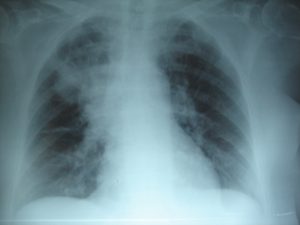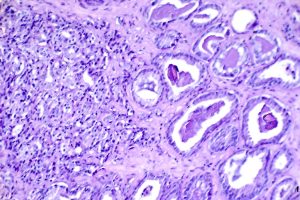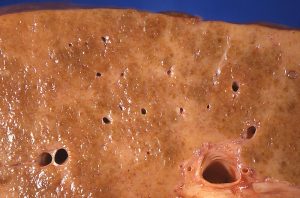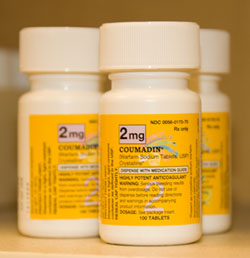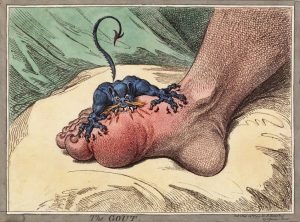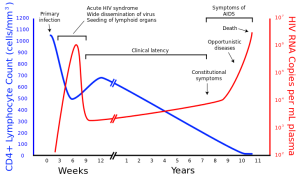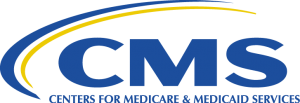
“The Oregon Experiment – Effects of Medicaid on Clinical Outcomes”
N Engl J Med. 2013 May 2;368(18):1713-22. [free full text]
—
Access to health insurance is not synonymous with access to healthcare. However, it has been generally assumed that increased access to insurance should improve healthcare outcomes among the newly insured. In 2008, Oregon expanded its Medicaid program by approximately 30,000 patients. These policies were lotteried among approximately 90,000 applicants. The authors of the Oregon Health Study Group sought to study the impact of this “randomized” intervention, and the results were hotly anticipated given the impending Medicaid expansion of the 2010 PPACA.
Population: Portland, Oregon residents who applied for the 2008 Medicaid expansion
Not all applicants were actually eligible.
Eligibility criteria: age 19-64, US citizen, Oregon resident, ineligible for other public insurance, uninsured for the previous 6 months, income below 100% of the federal poverty level, and assets < $2000.
Intervention: winning the Medicaid-expansion lottery
Comparison: The statistical analyses of clinical outcomes in this study do not actually compare winners to non-winners. Instead, they compare non-winners to winners who ultimately received Medicaid coverage. Winning the lottery increased the chance of being enrolled in Medicaid by about 25 percentage points. Given the assumption that “the lottery affected outcomes only by changing Medicaid enrollment, the effect of being enrolled in Medicaid was simply about 4 times…as high as the effect of being able to apply for Medicaid.” This allowed the authors to conclude causal inferences regarding the benefits of new Medicaid coverage.
Outcomes:
Values or point prevalence of the following at approximately 2 years post-lottery:
-
-
- blood pressure, diagnosis of hypertension
- cholesterol levels, diagnosis of hyperlipidemia
- HgbA1c, diagnosis of diabetes
- Framingham risk score for cardiovascular events
- positive depression screen, depression dx after lottery, antidepressant use
- health-related quality of life measures
- measures of financial hardship (e.g. catastrophic expenditures)
- measures of healthcare utilization (e.g. estimated total annual expenditure)
These outcomes were assessed via in-person interviews, assessment of blood pressure, and a blood draw for biomarkers.
Results:
The study population included 10,405 lottery winners and 10,340 non-winners. Interviews were performed ~25 months after the lottery. While there were no significant differences in baseline characteristics among winners and non-winners, “the subgroup of lottery winners who ultimately enrolled in Medicaid was not comparable to the overall group of persons ho did not win the lottery” (no demographic or other data provided).
At approximately 2 years following the lottery, there were no differences in blood pressure or prevalence of diagnosed hypertension between the lottery non-winners and those who enrolled in Medicaid. There were also no differences between the groups in cholesterol values, prevalence of diagnosis of hypercholesterolemia after the lottery, or use of medications for high cholesterol. While more Medicaid enrollees were diagnosed with diabetes after the lottery (absolute increase of 3.8 percentage points, 95% CI 1.93-5.73, p < 0.001; prevalence 1.1% in non-winners) and were more likely to be using medications for diabetes than the non-winners (absolute increase of 5.43 percentage points, 95% CI 1.39-9.48, p= 0.008), there was no statistically significant difference in HgbA1c values among the two groups. Medicaid coverage did not significantly alter 10-year Framingham cardiovascular event risk. At follow-up, fewer Medicaid-enrolled patients screened positive for depression (decrease of 9.15 percentage points, 95% CI -16.70 to -1.60, p= 0.02), while more had formally been diagnosed with depression during the interval since the lottery (absolute increase of 3.81 percentage points, 95% CI 0.15-7.46, p= 0.04). There was no significant difference in prevalence of antidepressant use.
Medicaid-enrolled patients were more likely to report that their health was the same or better since 1 year prior (increase of 7.84 percentage points, 95% CI 1.45-14.23, p = 0.02). There were no significant differences in scores for quality of life related to physical health or in self-reported levels of pain or global happiness. As seen in Table 4, Medicaid enrollment was associated with decreased out-of-pocket spending (15% had a decrease, average decrease $215), decreased prevalence of medical debt, and a decreased prevalence of catastrophic expenditures (absolute decrease of 4.48 percentage points, 95% CI -8.26 to 0.69, p = 0.02).
Medicaid-enrolled patients were prescribed more drugs and had more office visits but no change in number of ED visits or hospital admissions. Medicaid coverage was estimated to increase total annual medical spending by $1,172 per person (an approximately 35% increase). Of note, patients enrolled in Medicaid were more likely to have received a pap smear or mammogram during the study period.
Implication/Discussion:
This study was the first major study to “randomize” health insurance coverage and study the health outcome effects of gaining insurance.
Overall, this study demonstrated that obtaining Medicaid coverage “increased overall health care utilization, improved self-reported health, and reduced financial strain.” However, its effects on patient-level health outcomes were much more muted. Medicaid coverage did not impact the prevalence or severity of hypertension or hyperlipidemia. Medicaid coverage appeared to aid in the detection of diabetes mellitus and use of antihyperglycemics but did not affect average A1c. Accordingly, there was no significant difference in Framingham risk score among the two groups.
The glaring limitation of this study was that its statistical analyses compared two groups with unequal baseline characteristics, despite the purported “randomization” of the lottery. Effectively, by comparing Medicaid enrollees (and not all lottery winners) to the lottery non-winners, the authors failed to perform an intention-to-treat analysis. This design engendered significant confounding, and it is remarkable that the authors did not even attempt to report baseline characteristics among the final two groups, let alone control for any such differences in their final analyses. Furthermore, the fact that not all reported analyses were pre-specified raises suspicion of post hoc data dredging for statistically significant results (“p-hacking”). Overall, power was limited in this study due to the low prevalence of the conditions studied.
Contemporary analysis of this study, both within medicine and within the political sphere, was widely divergent. Medicaid-expansion proponents noted that new access to Medicaid provided a critical financial buffer from potentially catastrophic medical expenditures and allowed increased access to care (as measured by clinic visits, medication use, etc.), while detractors noted that, despite this costly program expansion and fine-toothed analysis, little hard-outcome benefit was realized during the (admittedly limited) follow-up at two years.
Access to insurance is only the starting point in improving the health of the poor. The authors note that “the effects of Medicaid coverage may be limited by the multiple sources of slippage…[including] access to care, diagnosis of underlying conditions, prescription of appropriate medications, compliance with recommendations, and effectiveness of treatment in improving health.”
Further Reading/References:
1. Baicker et al. (2013), “The Impact of Medicaid on Labor Force Activity and Program Participation: Evidence from the Oregon Health Insurance Experiment”
2. Taubman et al. (2014), “Medicaid Increases Emergency-Department Use: Evidence from Oregon’s Health Insurance Experiment”
3. The Washington Post, “Here’s what the Oregon Medicaid study really said” (2013)
4. Michael Cannon, “Oregon Study Throws a Stop Sign in Front of ObamaCare’s Medicaid Expansion”
5. HealthAffairs Policy Brief, “The Oregon Health Insurance Experiment”
6. The Oregon Health Insurance Experiment
Summary by Duncan F. Moore, MD
Image Credit: Centers for Medicare and Medicaid Services, Public Domain, via Wikimedia Commons
